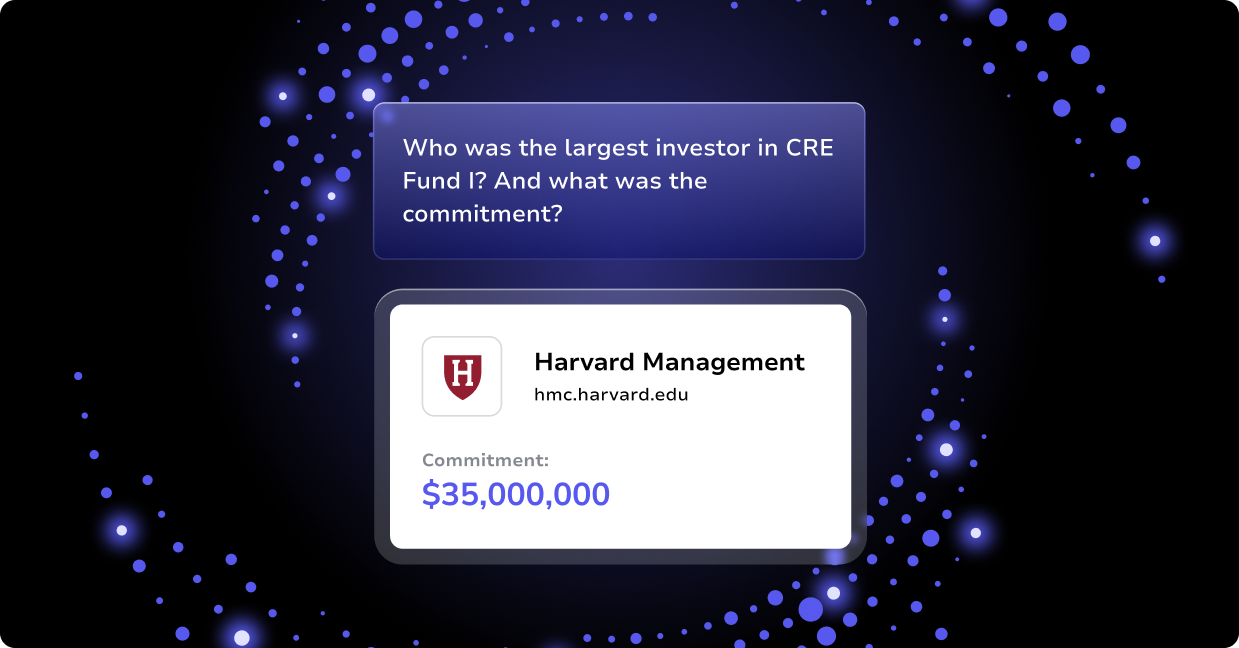Growth investing has been around for a long time. However, it’s largely been the domain of specialists and ignored by most investors.
That has changed significantly in recent years. Digital technology has disrupted “business as usual” and created new interest in growth equity and late-stage venture capital.
In fact, these growth classes have added assets under management (AUM) at double the rate of buyout over the past 10 years and produced deals at an astonishing rate. Recent figures indicate that growth equity and venture AUM have reached more than 80% of the buyout total.
The Flywheel Effect
In mechanical science, a flywheel is a heavy revolving wheel that increases a machine’s momentum and provides a power reserve that helps keep the device moving. That dynamic is increasingly at work in the symbiotic relationship between companies and technology investors.
It’s driving explosive revenue growth and profitability. And as a result, it’s attracting a significant amount of private capital and delivering stronger returns faster than private equity in general.
Here and Gone or Here to Stay?
Investors tend to be skeptical by nature. Those who aren’t often aren’t investors for long. So, they’re asking whether this powerful flywheel will continue functioning or is a transient phenomenon. After all, it’s elevating the valuations investors are paying, so they’re certainly hoping it continues.
The answer is unknown at this point. However, what is known is that the rush to cash in is leading to some transactions that most would consider ill-advised.
Still, there are signs that tech-focused investing has a relatively strong foundation. That’s because the target companies have crucial features like identifiable addressable markets and plans for becoming profitable. Contrast this with the dot-com bust, where investors put money into companies that, in many cases, had no plan for or path to profitability.
Velocity and Prices: Both Are Increasing
Significant valuation increases continue to occur. As they do, they attract many types of growth investors, from hedge/crossover funds to traditional growth funds. The number of investments from these funds ranges from nearly 70 to almost 250.
Not everyone is “all in,” of course. Diversified buyout leaders are moving more cautiously. Many seem to believe that value-creation principles that have worked for them in buyouts will eventually deliver similar results in growth investing.
Hedge/Crossover Funds
These funds are the pacesetters in growth investing. Their behaviors have changed the rules and the competitive landscape.
The keys to success when they find it is that they make fast decisions, have aggressive equity funding, and are agnostic in their approach to control. They no longer rely on a buyout model based on high-touch interactions, leverage, majority ownership, and value creation.
Traditional Growth Equity
These funds have always been focused on growth in the niche between early-stage venture capital and buyout firms. But until recently, they operated more like buyout investors, with very deliberate deal-making.
Now, with more capital and opportunities available, they’re getting more involved in growth. And that statement applies to all funding rounds (early-stage to buyout). These investors are also exploring new geographical locations.
Buyout Funds
Fund mandates like controlling interests and getting board seats have limited traditional PE firms historically. But the wealth of opportunities has caused many buyout firms to establish growth-focused funds with more mandate flexibility.
Blackstone is a prime example. Its Blackstone Growth fund is the first in the company’s history to focus exclusively on growth. Blackstone has also built a team of growth experts, which tells you a great deal about where they’re heading and their objectives.
The Right Tools for the Job
Whether in growth investing or elsewhere, there are ample opportunities out there currently. Do you have the right systems in place to identify and pursue them?
The Altvia product suite is built to help firms move as quickly as they’d like to but always with advanced capabilities in outreach, stakeholder interactions, and more. Contact us today to request an informative demo.




